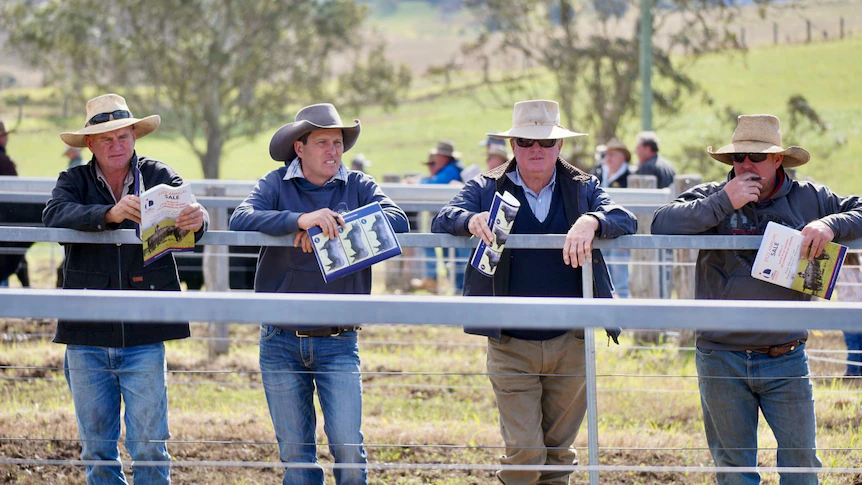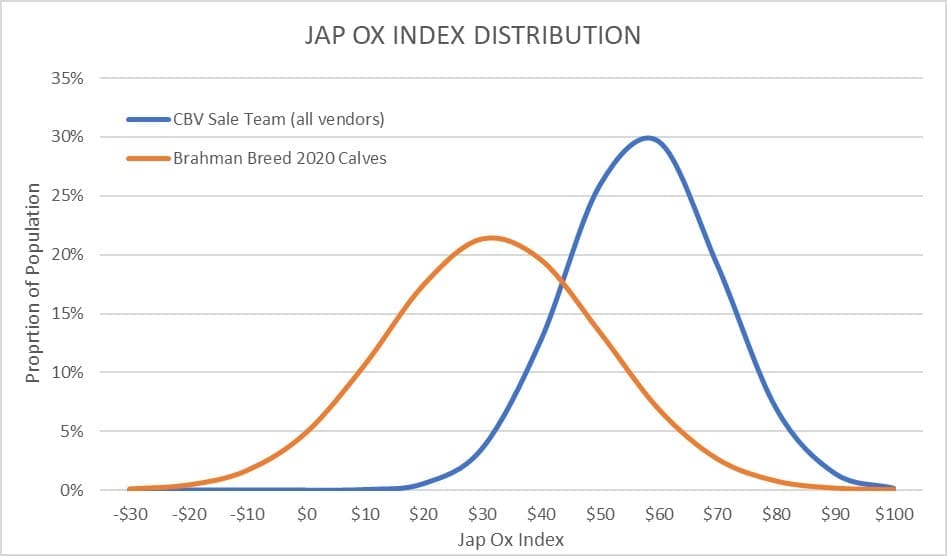
CHOOSING your bull source (BS) is a critical decision for commercial cattle producers.
There was some good discussion recently on Beef Central on how to source superior genetics that will improve herd profitability. This raised the question of how commercial producers can easily and affordably source industry leading genetics.
The good news is that this is not difficult, and that these genetics don’t necessarily cost more.
Here are five steps on how to identify leading seedstock sources.
- Go the BreedPlan website and select your breed(s) being appraised.
- Identify which BreedPlan index is the most appropriate for your production system. BreedPlan Indices are a powerful screening and ranking tool. Each index effectively quantifies the genetic merit of animals into a single number that reflects their impact on the bottom line of producers in that production system. There is a huge amount of science, economics and animal data underpinning this single number.
From the current percentile table, identify what the current 25th percentile (or whatever hurdle you want to set) figure is for the index you are considering.
- Through the BreedPlan website for the breed, conduct an ‘animal enquiry’, select the birth year of current sale bull drop and enter your relevant percentile figure as the minimum for the appropriate index, and search. You can also apply further filters for desired traits here if you like.
- This will produce a list of animals within the breed that meet the criteria you applied. To make it easier to read you can select ‘hide EBV ACC’ (accuracies) and ‘show all entries’. This will display all animals on one screen, this is the basis of your bull source short list. Those studs who have a high number of animals in this list are those that are leading the breed (for that index).
- Do a qualitative assessment of the people (e.g., would you buy a used car from them?) and their cattle to further refine your shortlist.
This youtube video demonstrates the above process.
An example of applying this data in practise is shown below, this graphs the distribution of the Jap Ox Index of the sale team at the upcoming CBV sale against the Brahman breed average. This shows that sale team has a bell curve of its own, well to the right of the breed average. Of the nearly 600 bulls being offered across the 6 vendors at the sale, 80% of them are in the top 25% of the breed for the Jap Ox Index, 81% are in the top 25% for the Live Export Index and 89% are in the top 25% of the breed for Days to Calving EBV.

This sale is somewhat unique in the number of high indexing bulls available in one place, but there are others out there and the above search process will help you identify them. Of course, EBV accuracy, animal confirmation, semen quality etc. are all important and should be used in selecting from the bulls that clear your genetic hurdles.
One limitation of the Breedplan data is that, currently, comparisons can only be made within a breed and bulls from different breeds can’t be compared on a like for like basis, which is quite frustrating. However, this is something that is being worked on behind the scenes and it will be a game changer for the northern beef industry when it is available.
A final point to make is that genetically superior bulls don’t necessarily cost more to buy. Many bull buyers seem to overlook objective data and get overexcited by overfed bulls with little or no data on their genetic merit, or even data that shows they are genetically inferior. These overfed bulls often need to lose a lot of condition when they get home before they can be put to work, which means a significant percentage of what was purchased ends up, quite literally, as bullshit.
This means astute commercial producers who do their homework don’t necessarily have to pay more to buy better bulls. Ultimately, it is up to each commercial producer to decide what approach they take in selecting their genetics, this approach will determine whether you identify a good bull source, or buy bullshit.
